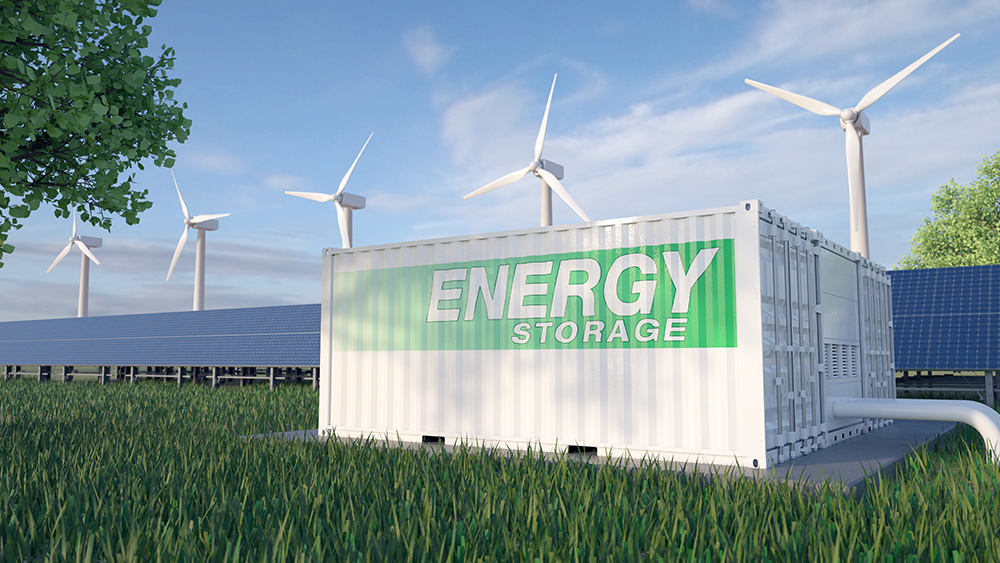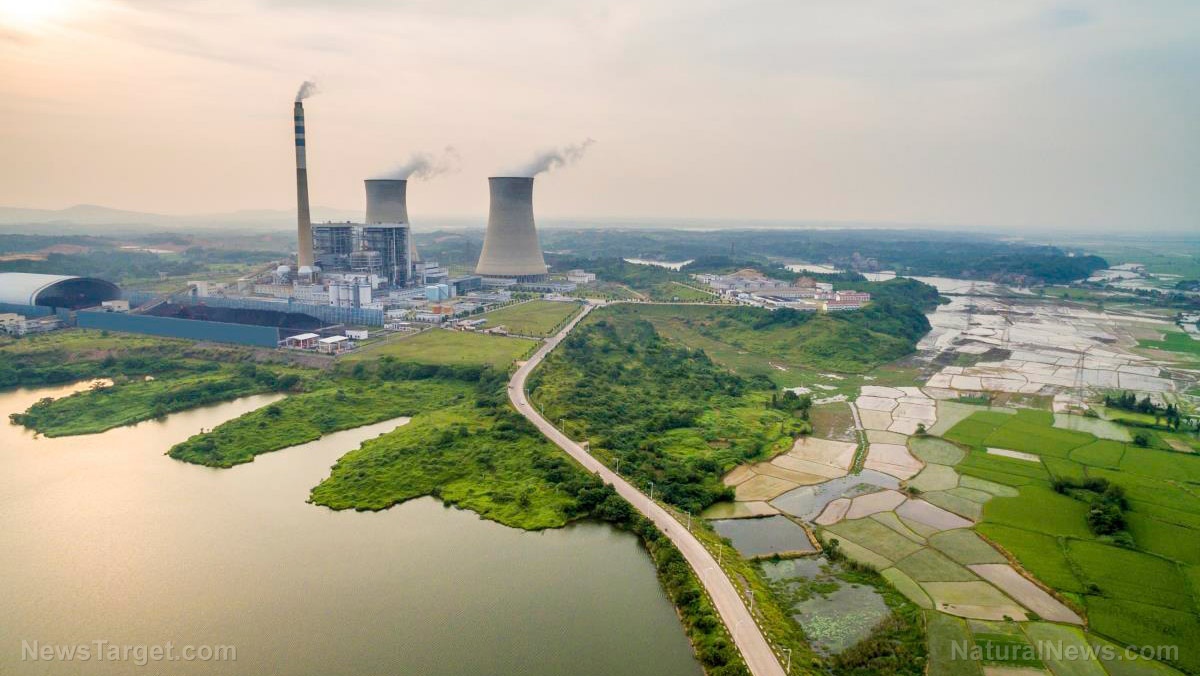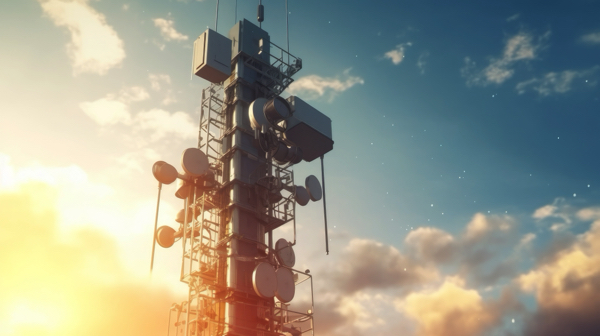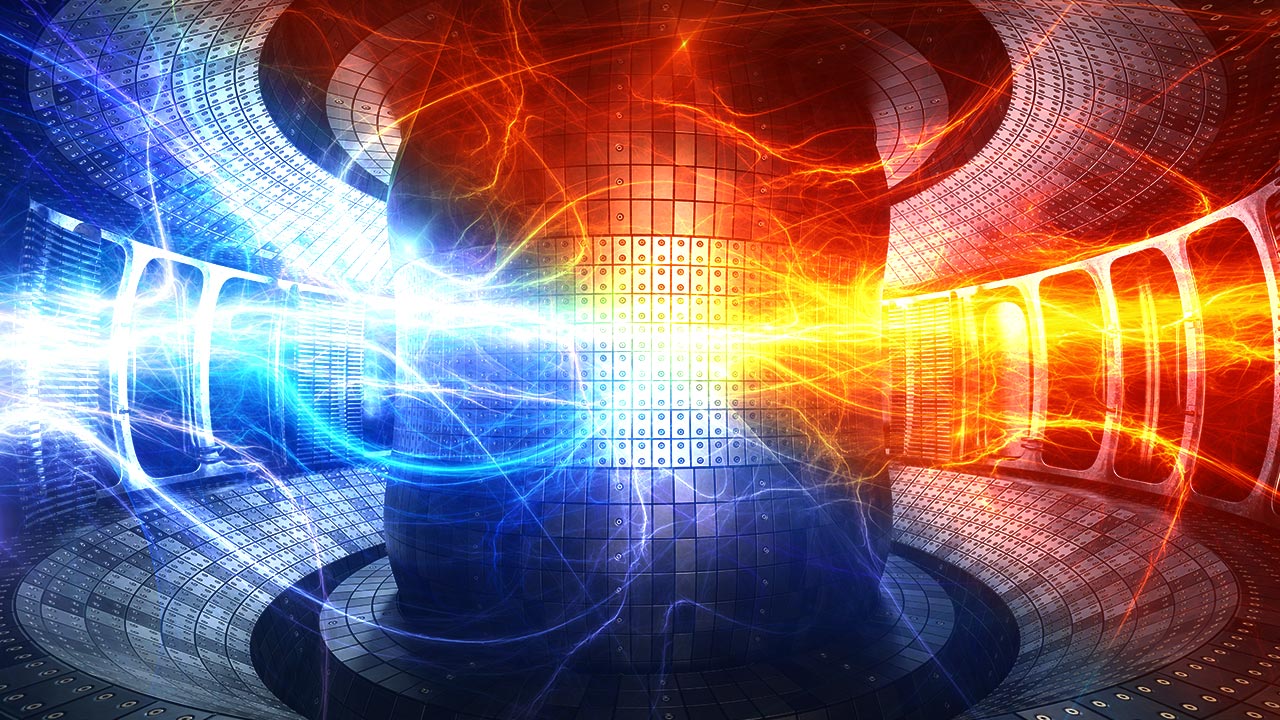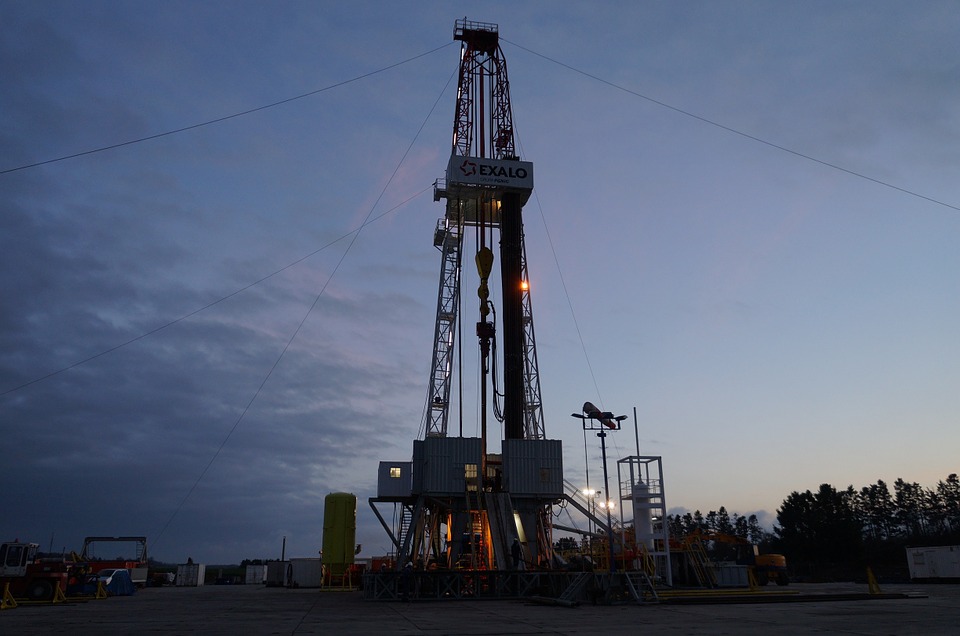AI data centers are straining the grid – and your home appliances are paying the price
01/03/2025 / By Cassie B.
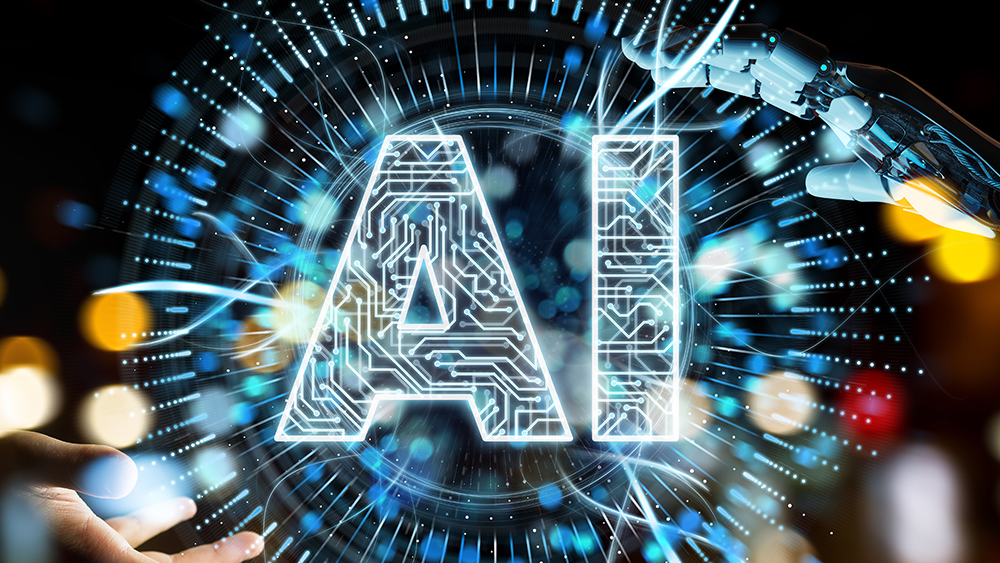
- AI data centers are straining the U.S. power grid, causing “bad harmonics” that damage home electronics.
- Electricity demand is projected to surge 16% in five years, driven by AI facility growth.
- Bad harmonics lead to voltage spikes, appliance damage, and increased fire and blackout risks.
- The aging U.S. grid is ill-equipped to handle the volatile energy demands of data centers.
- Urgent infrastructure upgrades are needed to prevent widespread disruptions and ensure grid reliability.
The rapid expansion of artificial intelligence (AI) data centers across the United States is not just a technological marvel; it’s a growing threat to the reliability and quality of electricity delivered to American homes. As these energy-hungry facilities multiply, they are distorting the power grid, damaging home electronics, and exposing the fragility of America’s outdated infrastructure. The problem, known as “bad harmonics,” is a warning sign of deeper systemic issues that could lead to widespread blackouts, fires, and billions of dollars in damages if left unaddressed.
AI data centers are massive consumers of electricity, requiring up to 10,000 times more power than a single household. According to a recent analysis by Bloomberg, the U.S. is projected to see a 16% surge in electricity demand over the next five years, driven largely by the explosive growth of these facilities. This unprecedented strain is not just about meeting demand; it’s about maintaining the quality of the power that flows into homes.
Bad harmonics occur when the normal, steady flow of electricity is disrupted, causing erratic spikes and dips in voltage. Whisker Labs, which tracks power quality using roughly 1 million residential sensors, found that more than three-quarters of the worst-affected homes are within 50 miles of significant data center activity. In areas like Chicago and Northern Virginia’s “data center alley,” the problem is particularly acute.
The consequences of sustained exposure to distorted power are severe. Home electronics can overheat, motors in appliances like refrigerators and air conditioners can rattle, and over time, these issues can lead to costly damage. Worse yet, bad harmonics are a harbinger of deeper grid instability. Left unchecked, they can cause voltage surges that spark fires or sudden sags that trigger blackouts.
A grid on the brink
The U.S. power grid was never designed to handle the demands of the AI era. For decades, electricity consumption remained relatively flat, but the rise of data centers, electric vehicles, and other energy-intensive technologies has exposed the grid’s vulnerabilities. The problem is compounded by aging infrastructure and a lack of investment in modernization.
Data centers are not just large consumers of power; they are volatile ones. Their energy needs fluctuate dramatically, creating a “sawtooth” pattern that the grid is ill-equipped to handle. As more of these facilities come online, the strain on the system will only intensify. Without significant upgrades, the harmonics issues we see today are likely to worsen, leading to more frequent and severe disruptions.
The situation is particularly dire in urban areas, where data centers are often clustered near major cities to tap into larger grids and fiber networks. However, Bloomberg’s analysis shows that even rural areas are not immune. Sensors closer to data center activity, regardless of location, are more likely to record distorted power readings.
The distortions caused by AI data centers are a symptom of a much larger problem: America’s power grid is unreliable and unprepared for the future. While solutions like filters, capacitors, and dedicated substations can mitigate some of the issues, they are not enough to address the systemic challenges at hand.
The U.S. must invest in modernizing its grid infrastructure, improving power quality monitoring, and developing strategies to manage the volatile energy demands of data centers. Without urgent action, the problem will only escalate, leaving American households vulnerable to damaged appliances, increased fire risks, and widespread outages.
The AI revolution is here, but it comes at a cost. If we fail to address the strain it places on our power grid, the lights may not stay on—and neither will our refrigerators, air conditioners, or other essential appliances.
Sources for this article include:
Submit a correction >>
Tagged Under:
AI, collapse, data centers, electricity, energy supply, fuel supply, future tech, glitch, new energy report, power, power grid
This article may contain statements that reflect the opinion of the author
RECENT NEWS & ARTICLES
NewEnergyReport.com is a fact-based public education website published by New Energy Report Features, LLC.
All content copyright © 2018 by New Energy Report Features, LLC.
Contact Us with Tips or Corrections
All trademarks, registered trademarks and servicemarks mentioned on this site are the property of their respective owners.


